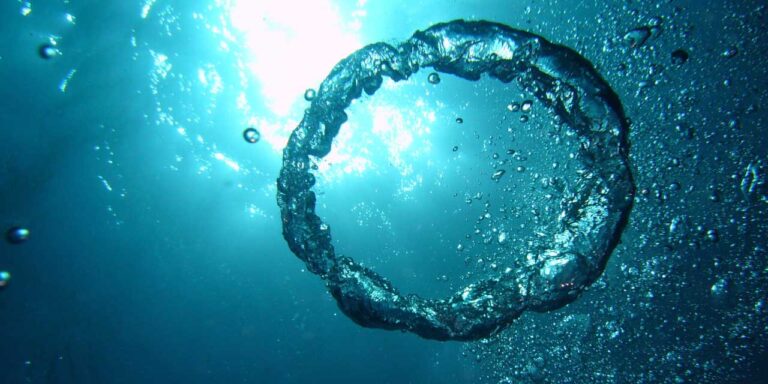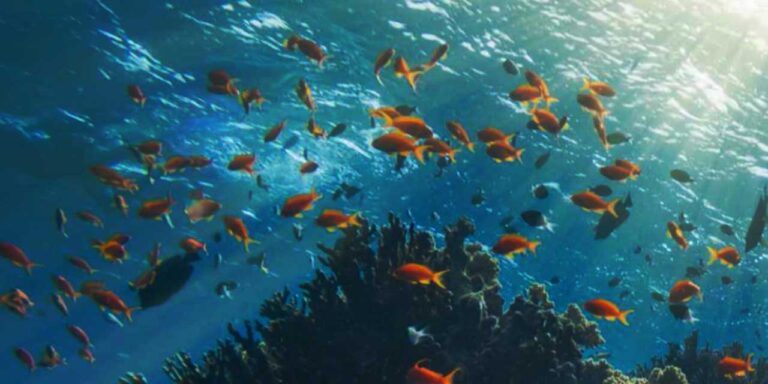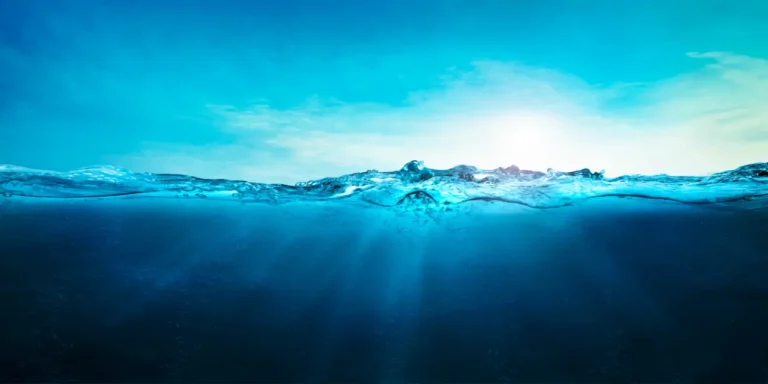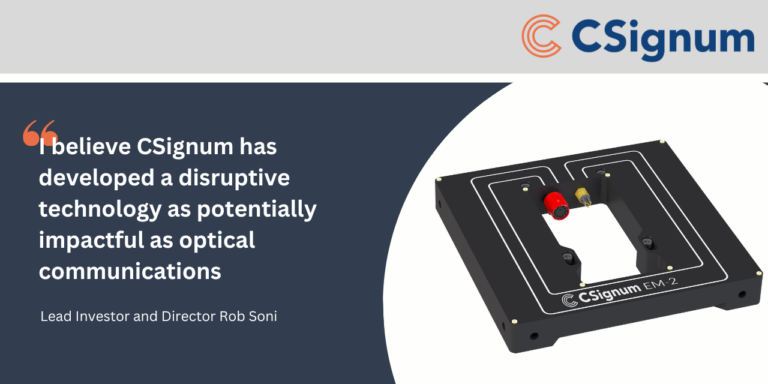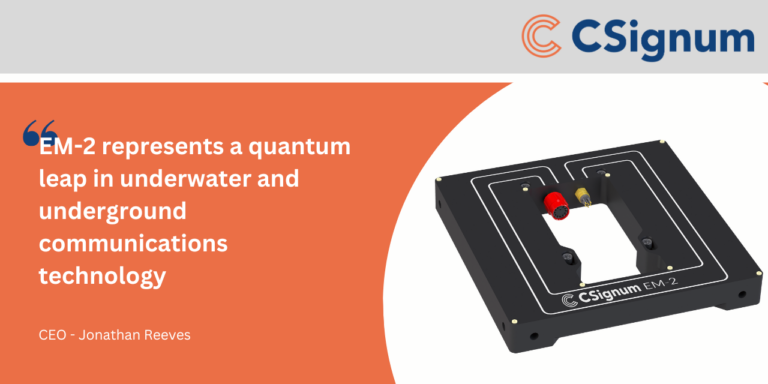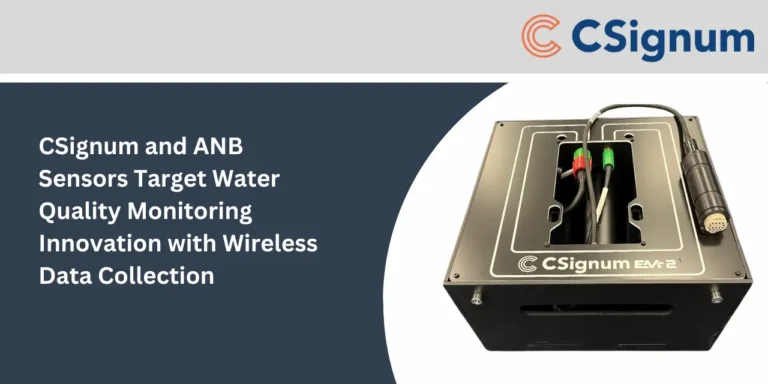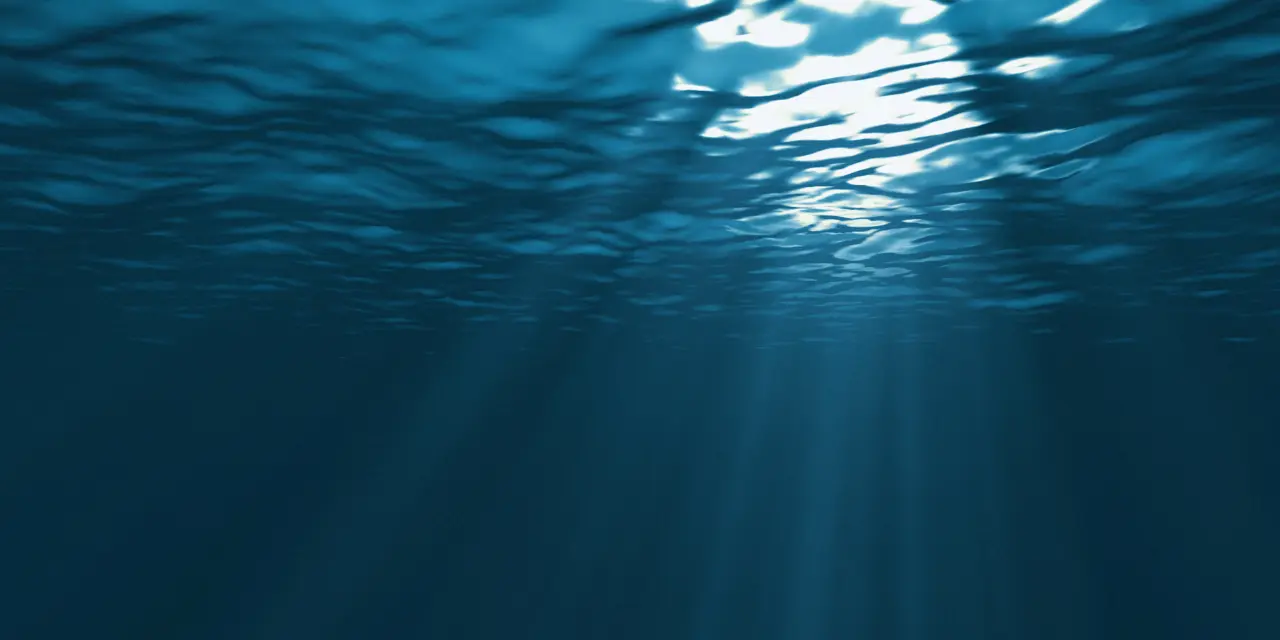
Brave New World
Rather like we might describe previous generations as living in a ‘post-war era’, where historians would examine how things had changed, how people’s lives were impacted, we now find ourselves living in a ‘post-pandemic era’. And our world has changed too.
The pandemic changed the flow and processing of information, made us rethink the nature of business and how we work, and snarled up global supply chains.
For people, as well as obvious concerns about health, the impact at the time included working from home as the norm, an absence of physical interaction, a travel ban, parents becoming schoolteachers, and strains on family ties and social mores.
Companies caught out
Many companies were caught completely flat-footed when the shutdown hit. They had to improvise, invent new processes and workarounds, and do their best to meet the changing demands of the situation. They needed to look after their employees and customers as well as keep abreast of developments in the market at large, in order to stay competitive … or simply stay in business.
The (brave) new world is on-demand, distributed, cloud-based and digital.
Businesses further along in their digital transformation generally fared well as they had easy and immediate access to data, so could plan, analyse and then pivot as the situation changed.
Ocean industries behind the curve
Unfortunately, what we have seen with industries in the marine space is that they were woefully behind the times, and this affected their ability to respond to the situation. This was true for both older, well-established ocean industries and newer start-ups.
Oil & Gas, offshore wind, ocean monitoring and aquaculture have been among some of the last industries to modernise their operations through digital transformation. They have been hampered partly because they are still relying on older, proprietary technology and manual processes, and partly because the products they deliver require vast physical infrastructures in remote and adverse environments. These can malfunction and require unplanned maintenance or visual inspections. Vessels and diving crews – usually on standby to respond – had to be grounded during the pandemic and resulting lockdowns.
It rapidly became obvious in these sectors that communication, monitoring, navigational technology and systems must be updated. Operators need reliable and automated access to data in real time from any sensor, sonde, datalogger, acoustic doppler current profile or probe, wherever it is deployed in their infrastructure networks.
Many companies in the offshore energy sectors have set goals to modernise operations and infrastructures, committing to 100% unmanned subsea inspections by 2025 and 100% digitised data by 2030. These sectors require continuous monitoring: data needs to be collected in a central location so, for example, operators can analyse the structural integrity of their platforms as well as determine remaining asset life.
Fault-Prone Technology, Manual Processes, Lack of Real-Time Data
Long before the pandemic, operators were already facing spiralling costs and potential health and safety risks from sending out boats and dive crews for unplanned maintenance. Already, new solutions were being considered – but the pandemic certainly speeded up the adoption of new technology.
Clearly, a major pre-requisite is that any new transmission solution should be ‘ruggedised’ for challenging offshore environments. It must also integrate with standard sensors and communication and electrical interfaces. Additionally it needs to attach easily to a wide variety of floating or stationary platforms, structures, buoys, piles, pipelines, or mooring lines which could lie above, on or below the water.
Operators want to be able to monitor – continuously and remotely – all manner of data: water indicators such as pressure, quality, flow, pollution levels; structure and equipment issues such as corrosion, strain, motion, fatigue and much more.
Along with improved monitoring comes the benefit of receiving early alerts, increasing performance and at the same time reducing operating costs, unplanned downtime AND a company’s carbon footprint.
Ocean Observing
Environmental monitoring and observing organizations such as NOAA (The National Oceanic and Atmospheric Administration) and UNESCO’s Global Ocean Observing System have thousands of buoys, platforms and current profilers in their global networks.
They require a fit-for-purpose, integrated ocean observing system that supports weather, climate, marine and ocean services, international research and can exchange metadata through a system-wide monitoring network.
Chief among their concerns:
- monitoring harmful algae blooms
- the effects of climate change
- rising sea levels
- the impact of pollution on sea life
A modern solution for this sector will enable remote and reliable monitoring, capturing, modelling and analysing of large quantities of ocean and navigational data in real time.
Example: Aquaculture
Subsea fish farms are shallow water environments that experience adverse conditions of turbid and choppy water occurring near the water’s surface. Farmers often have access to quite limited technology, perhaps sending people out in boats ad hoc to drop a probe into the water and take readings of ocean temperature and dissolved oxygen levels, usually in one or two locations around the fish pens.
Fish are quite fussy and will only feed when water conditions are optimal. If farmers have a way to monitor more of their environment in real time, they could improve the production and health of their stock, optimise the use of feed (one of their highest expenses) and raise profit margins.
Challenges – in at the deep end, or the shallow end!
To date, the various technologies that perform data comms functions have a tendency to fail in the harsh conditions that can be found in either (or both) deep ocean and shallow water.
Cables can snag and fail from the stress of repeated wave motion, or the connection is broken with sensors at the water’s surface. Operators typically build an estimated 45% ‘extra’ into their budgets to cover maintenance.
Acoustic wireless signals cannot pass through the water-air barrier from underwater modems to topside receivers. Although excellent in deeper waters, the signals are degraded in turbid or choppy water. There is growing evidence that acoustic signals affect marine life. Acoustic solutions can be expensive.
Optical wireless solutions are subject to marine growth on the units. They also don’t work well in tidal seawater or water that is turbid or choppy, where light is ambient, or where line of sight is limited.
So how can these ocean industries modernise their infrastructure so they have access to reliable, real-time data for their applications? How can they react with agility to the changing conditions of the sea, the health of their infrastructure and the planet, the global market, and the needs of their customers?
CSignum Leads the Digital Transformation with Subsea Innovation
CSignum has successfully overcome the limitations of current acoustic, optical and cabled subsea technologies.
Our EM-1 solution uses EMFS (electromagnetic field signaling) and is the first underwater communication system that transmits data wirelessly from anywhere subsea, water-to-air or air-to-water, through the seabed, the water column, the splash zone (the water-air barrier) and even through structures, through steel and concrete, reliably and in real time[JG2] .
It does this by using electromagnetic energy. The technology is robust, reliable, and automated, perfect for remote monitoring. The EM-1 has ultra-low power consumption, so requires little maintenance – making it a safer option for tasks which may previously have required manned inspections as well as a greener solution for the planet.
The Setup
The EM-1 is a transceiver and can be placed in a multitude of subsea environments, connecting easily to most sensors using standard communications interfaces. The one acting as the receiver can be mounted on piles, buoys, nets, pontoons, etc, above, on or below the water, or even in the midst of the splash zone.
Using EMFS patented technology, operators will now be able to “see” what is going on in real time below the water without having to send vessels and dive crews.
Because it is based on open, modular technology and standard connection interfaces, the EM-1 from CSignum works with a wide range of sondes, probes, acoustic doppler current profiles and other devices.
With CSignum’s EMFS solution, ocean industries can have an end-to-end digital infrastructure that is agile. Operators can easily add sensors into the network and respond quickly to any unexpected economic or environmental global disruptions.
Approaches
CSignum’s technology can easily be integrated with existing systems, so no need to ‘rip & replace’ (unless, of course, that is what a company wants). Retrofitting and connecting with current equipment will be the right approach for some businesses. However, some sectors will want to embrace the technology more fully and more quickly, and we can scale up for the business case of either scenario.
Whatever their stage of technology adoption, all sectors can transform how they deploy, protect, operate, update, integrate and manage their remote communications systems for greater sustainability, increased performance and better future-proofing.
In this post-Covid world, CSignum can solve the technical and commercial problems which the lockdowns highlighted in our ocean industries.
For the owners and operators of businesses in these sectors, there is the peace of mind that information is getting to the right place at the right time – to be analysed and acted upon, whatever the area of expertise:
- examining the structural integrity of a wind turbine or oil & gas platform after a hurricane
- preventing harmful algae blooms
- monitoring seagrass beds for carbon sequestration
- optimising the sustainability of fish farming
- improving ocean observing
Finally, IoT includes the world’s oceans.
CSignum
CSignum is a leader in wireless underwater communications, pioneering cable-free data solutions using patented low-frequency electromagnetic (EM) fields. This innovative technology ensures autonomous, reliable data transmission through and across the water-air boundary, water column, seabed, and underwater structures to networks on land and in the air. CSignum’s EM technology supports Critical Infrastructure Security & Defense, Environmental Monitoring, Aquaculture Monitoring & Actuator Control, and Subsea Structure industries. By enabling these sectors to digitally transform and scale remote communication systems, CSignum enhances sustainability, performance, and preparedness for unforeseen events, driving the future of underwater data communication.

